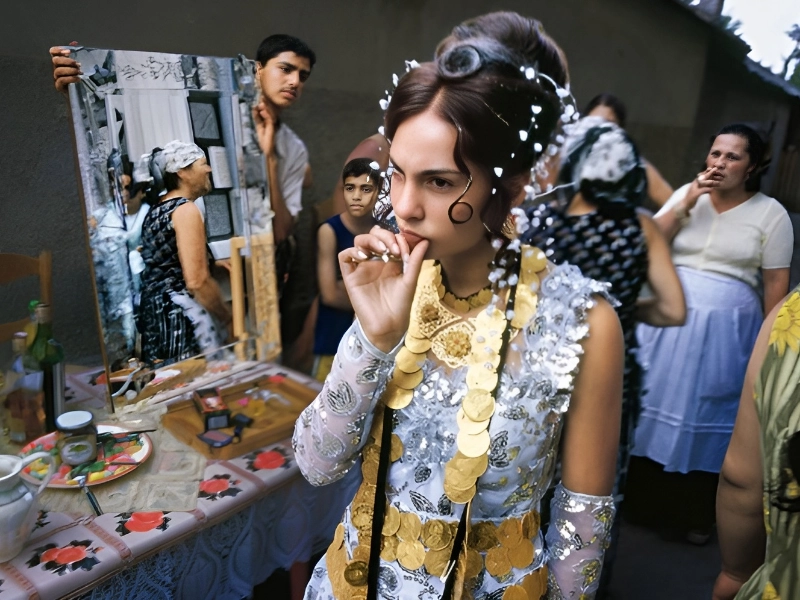
In traditional Gypsy communities, the living arrangements for newlywed couples typically follow a specific pattern. Immediately after marriage, the newlyweds will reside with the groom's family, often in a multi-generational household.
Over time, as the Gypsy family grows, the married children will gradually move out and establish their own separate households. However, the custom is for the youngest son and his family to remain living with the parents, even as the older siblings become independent.
This practice of the youngest son and his family maintaining a close-knit living situation with the elders is deeply rooted in Gypsy cultural traditions. It serves to ensure the continuity of the family lineage, as the youngest son and his spouse are entrusted with the responsibility of caring for the aging parents.
The multi-generational living arrangement also reinforces the strong emphasis Gypsy culture places on family unity and the interdependence of its members. Younger generations are expected to honor and support their elders, while the elders, in turn, provide guidance and assistance to the younger family members.
As Gypsy communities have become more integrated into mainstream societies, some of these traditional living patterns have evolved. However, the core values of family cohesion and the role of the youngest son remain deeply ingrained in Gypsy cultural identity.